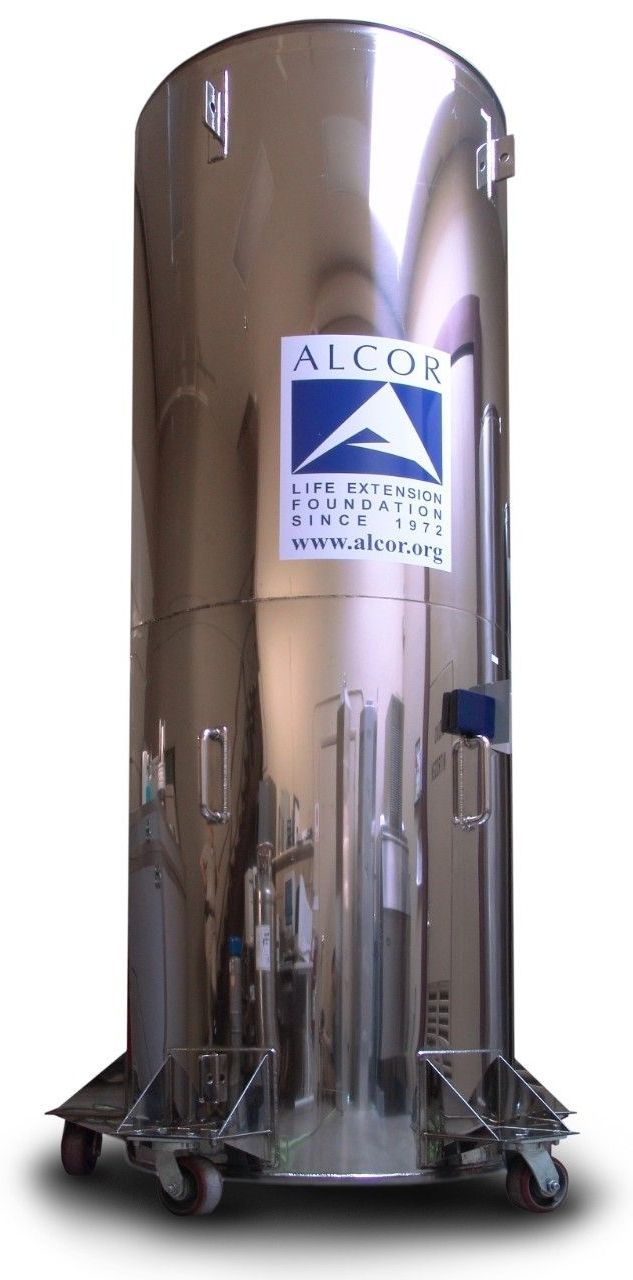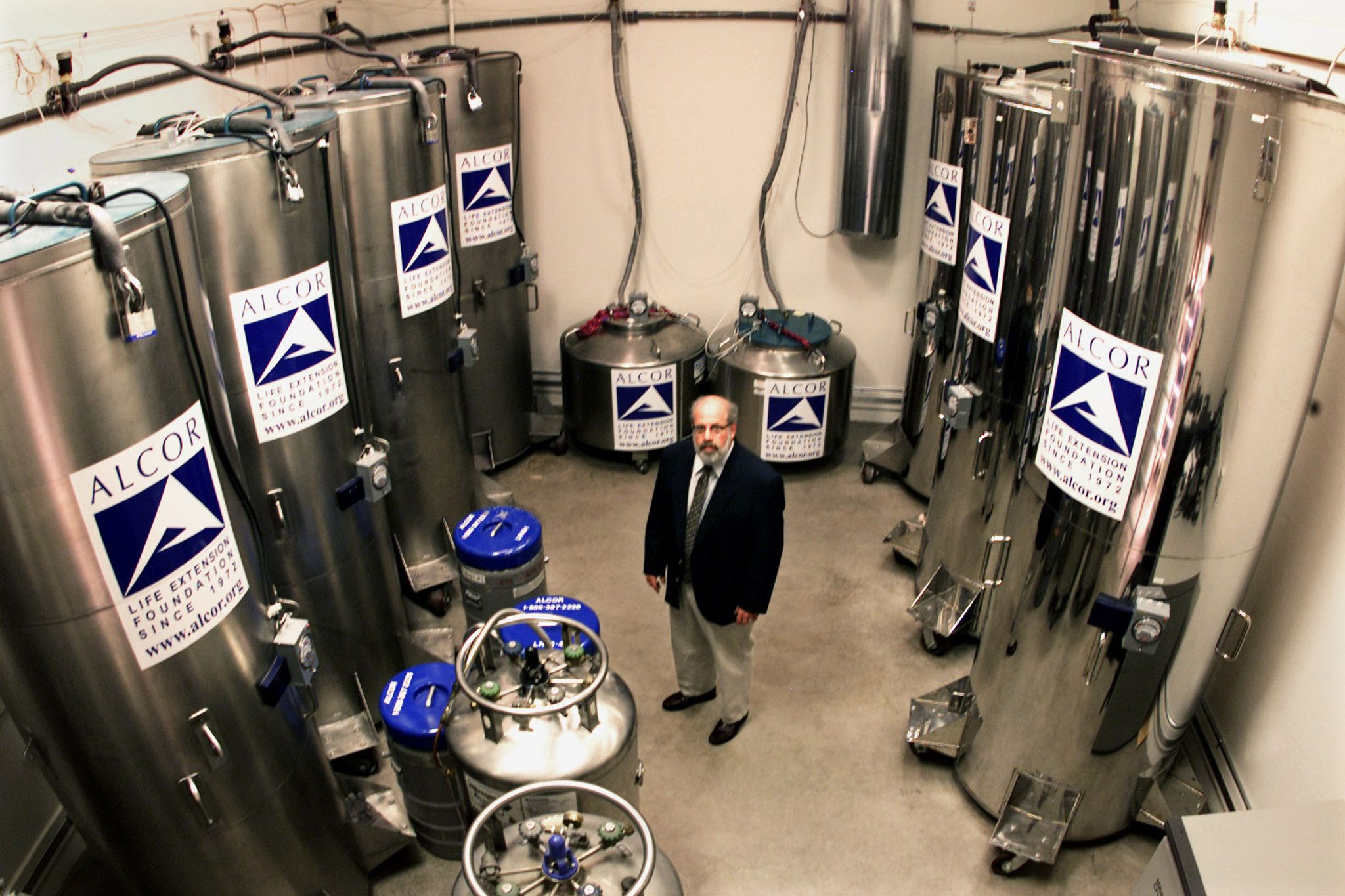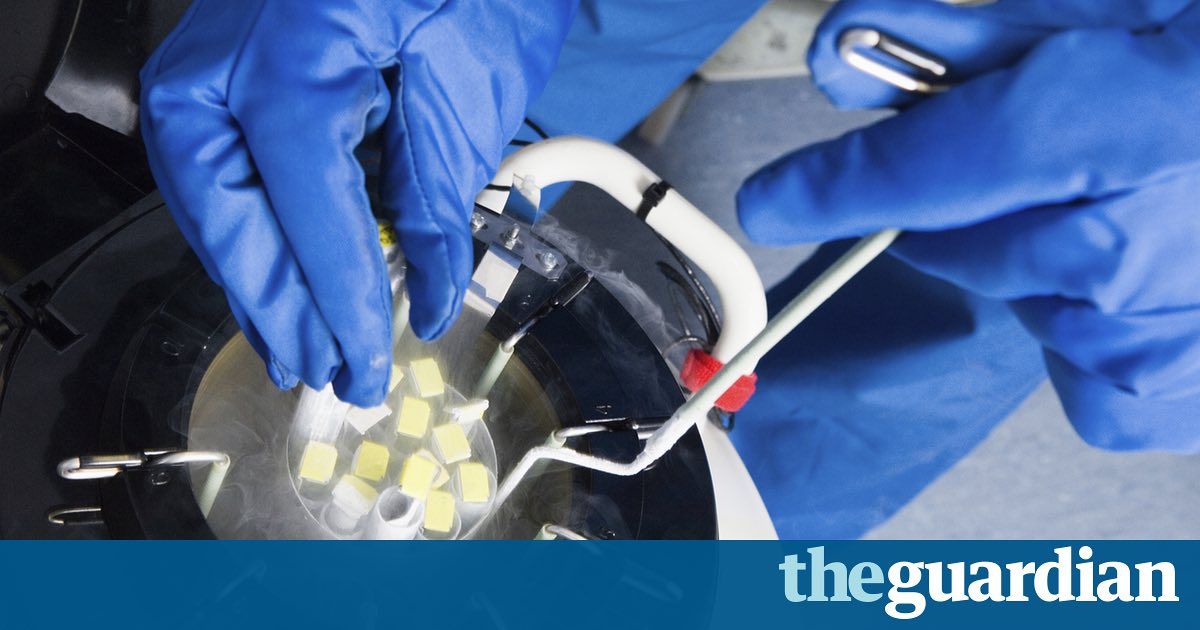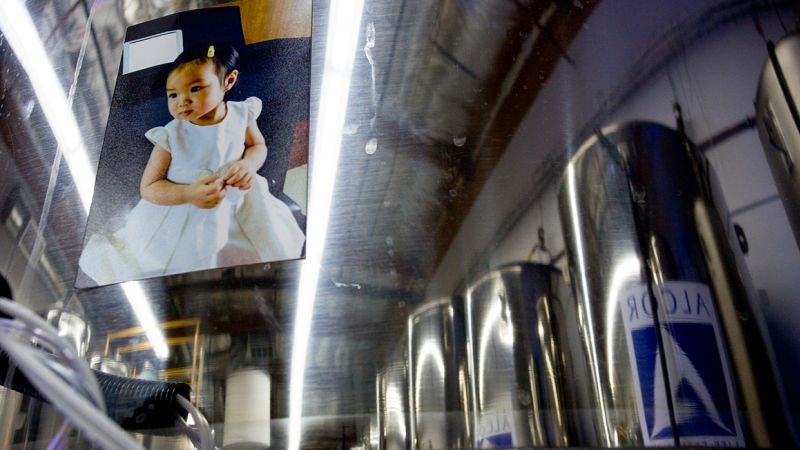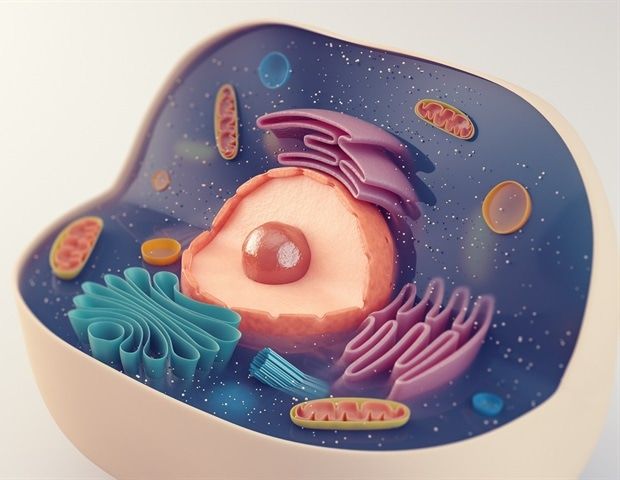“His body, along with the others, will remain frozen indefinitely, with enough ongoing financial support to sustain its current state, news.com.au reported.
Last year, a Massachusetts Institute of Technology graduate successfully froze and reanimated a rabbit brain”.
Since his death, James Bedford’s body has been cryogenically frozen and awaiting reanimation on the edge of the Sonaran Desert in Arizona. This week marks the 50th year of Bedford’s deep freeze, making him the oldest “de-animated” human being on earth.
Bedford’s body is stored in the Alcor Life Extensions Foundation in Scottsdale, where it’s kept alongside 146 other frozen bodies, news.com.au reported.
Along with the Cryonics Institute in Michigan and KrioRus in Russia, Alcor is one of three cryogenic facilities worldwide.


